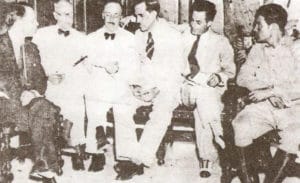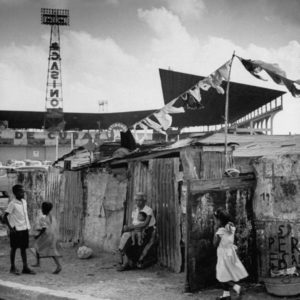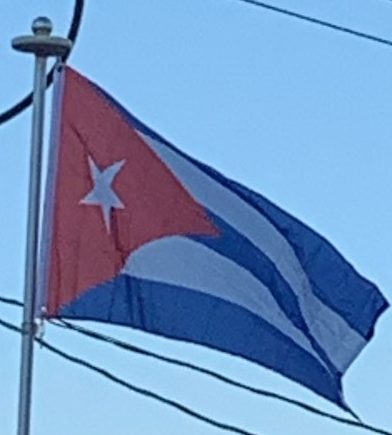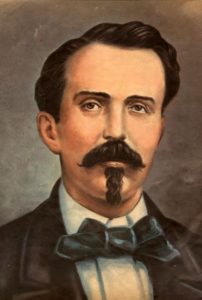Revolution of 1933–1940:
In September 1933, the Sergeants’ Revolt, led by Sergeant Fulgencio Batista, overthrew Cespedes. A five-member executive committee (the Pentarchy of 1933) was chosen to head a provisional government. Ramón Grau San Martín was then appointed as provisional president. Grau resigned in 1934, leaving the way clear for Batista, who dominated Cuban politics for the next 25 years, at first through a series of puppet-presidents. The period from 1933 to 1937 was a time of “virtually unremitting social and political warfare”. On balance, during the period 1933–1940 Cuba suffered from fragile politic structures, reflected in the fact that it saw three different presidents in two years (1935–1936), and in the militaristic and repressive policies of Batista as Head of the Army.

Constitution of 1940:
A new constitution was adopted in 1940, which engineered radical progressive ideas, including the right to labor and health care. Batista was elected president in the same year, holding the post until 1944. He is so far the only non-white Cuban to win the nation’s highest political office. His government carried out major social reforms. Several members of the Communist Party held office under his administration. Cuban armed forces were not greatly involved in combat during World War II—though president Batista did suggest a joint U.S.-Latin American assault on Francoist Spain to overthrow its authoritarian regime.
Batista adhered to the 1940 constitution’s strictures preventing his re-election. Ramon Grau San Martin was the winner of the next election, in 1944. Grau further corroded the base of the already teetering legitimacy of the Cuban political system, in particular by undermining the deeply flawed, though not entirely ineffectual, Congress and Supreme Court. Carlos Prío Socarrás, a protégé of Grau, became president in 1948. The two terms of the Auténtico Party brought an influx of investment, which fueled an economic boom, raised living standards for all segments of society, and created a middle class in most urban areas.
After finishing his term in 1944 Batista lived in Florida, returning to Cuba to run for president in 1952. Facing certain electoral defeat, he led a military coup that preempted the election. Back in power, and receiving financial, military, and logistical support from the United States government, Batista suspended the 1940 Constitution and revoked most political liberties, including the right to strike. He then aligned with the wealthiest landowners who owned the largest sugar plantations, and presided over a stagnating economy that widened the gap between rich and poor Cubans. Batista outlawed the Cuban Communist Party in 1952. After the coup, Cuba had Latin America’s highest per capita consumption rates of meat, vegetables, cereals, automobiles, telephones and radios, though about one third of the population was considered poor and enjoyed relatively little of this consumption.

In 1958, Cuba was a relatively well-advanced country by Latin American standards, and in some cases by world standards. On the other hand, Cuba was affected by perhaps the largest labor union privileges in Latin America, including bans on dismissals and mechanization. They were obtained in large measure “at the cost of the unemployed and the peasants”, leading to disparities. Between 1933 and 1958, Cuba extended economic regulations enormously, causing economic problems. Unemployment became a problem as graduates entering the workforce could not find jobs. The middle class, which was comparable to that of the United States, became increasingly dissatisfied with unemployment and political persecution. The labor unions supported Batista until the very end. Batista stayed in power until he was forced into exile in December 1958.
Revolution and Communist Party Rule (1959–present):
In the 1950s, various organizations, including some advocating armed uprising, competed for public support in bringing about political change. In 1956, Fidel Castro and about 80 supporters landed from the yacht Granma in an attempt to start a rebellion against the Batista government. It was not until 1958 that Castro’s July 26th Movement emerged as the leading revolutionary group.

